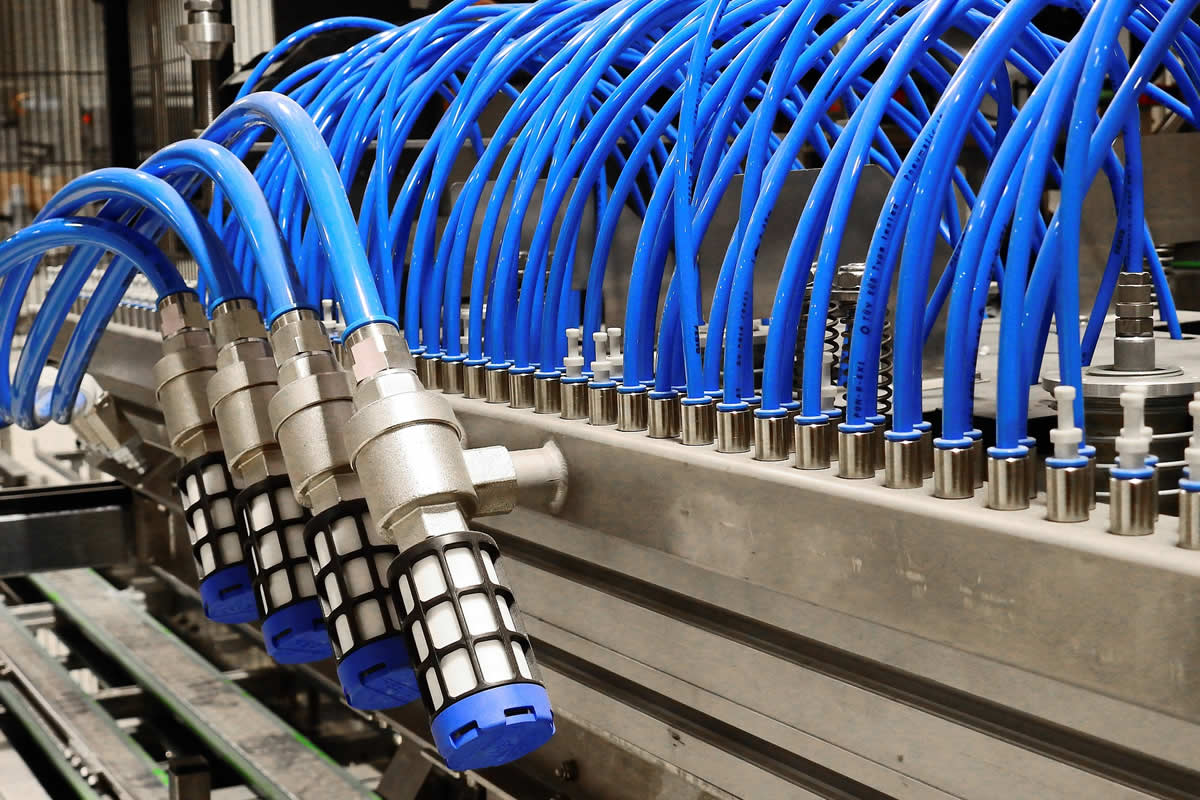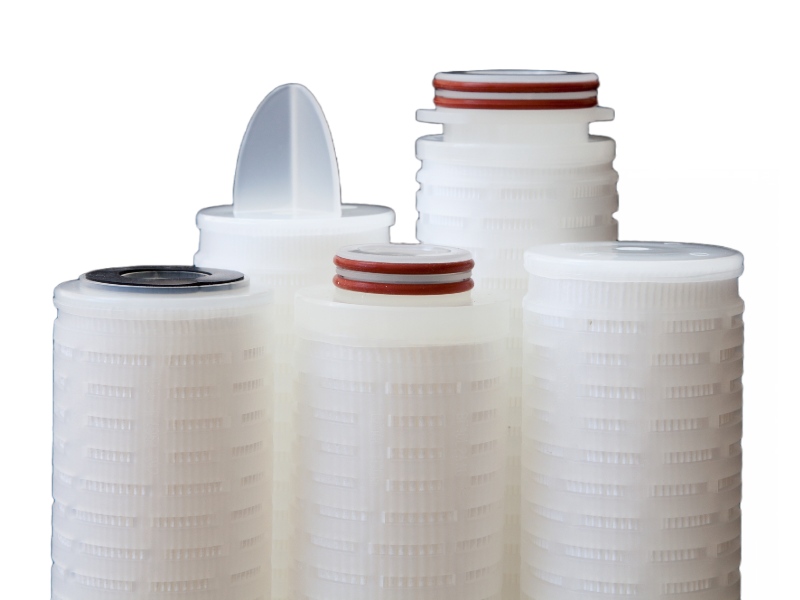Filtration Challenges in Water Used in Beverage Manufacturing
Many food and beverage or industrial companies use water in their manufacturing processes. This water can come from various sources (municipal, rivers, lakes, or boreholes). Unfortunately, the water can contain various contaminants that must be removed before use. This article explains the technologies used within water treatment systems to ensure these are controlled or removed.
Particulate and sediment
These can be particularly destructive within a water treatment system if not removed. Particulate and sediment cause clogging or block smaller diameter orifices in valves or heat exchangers. They can also adhere to pipework, providing ideal sites for bacterial growth. Using 10 to 20 µm depth or pleated depth cartridge filters will remove this issue. However, if the contamination level is high, companies should install sand filters followed by cartridge filters to act as guard filters.

Organic matter
Must be removed before entering the water treatment system because it provides food for bacteria to grow and thrive. It will also support the formation of biofilms within the water treatment system. The simple solution is the use activated carbon filters, which will ensure low organic matter levels.
Bacteria/micro-organisms
Depending on its source, water can potentially have several different micro-organisms (Cryptosporidium, E. coli, Amoeba, Giardia, Pseudomonas, fungi, coliforms) contaminating it. The most effective depth filters for Cryptosporidium are those rated 1 µm depth. The other contaminants require 0.2 µm PES membrane cartridge filters to ensure their complete removal.

Residual disinfectants (chlorine)
If the water source is municipal, there will be disinfectant in the source water, which can be detrimental to water treatment processes, such as reverse osmosis, if not removed. Once again, activated carbon cartridge filters will ensure the necessary control while reducing the organic matter, as mentioned previously.
Pipework scale, corrosion products and resin fines
Regardless of how well you protect the water in the incoming system, suspended solids will be created within it. The trick is to understand this and add guard filters so that suspended solids are removed as quickly from the system as they are produced. Depth or pleated depth cartridge filters ranging between 5 and 20 µm are ideal for these applications.
Discover how cartridge filters can help your water treatment plant operate efficiently.
PoreFiltration – Making your filtration systems work harder





